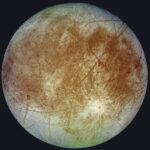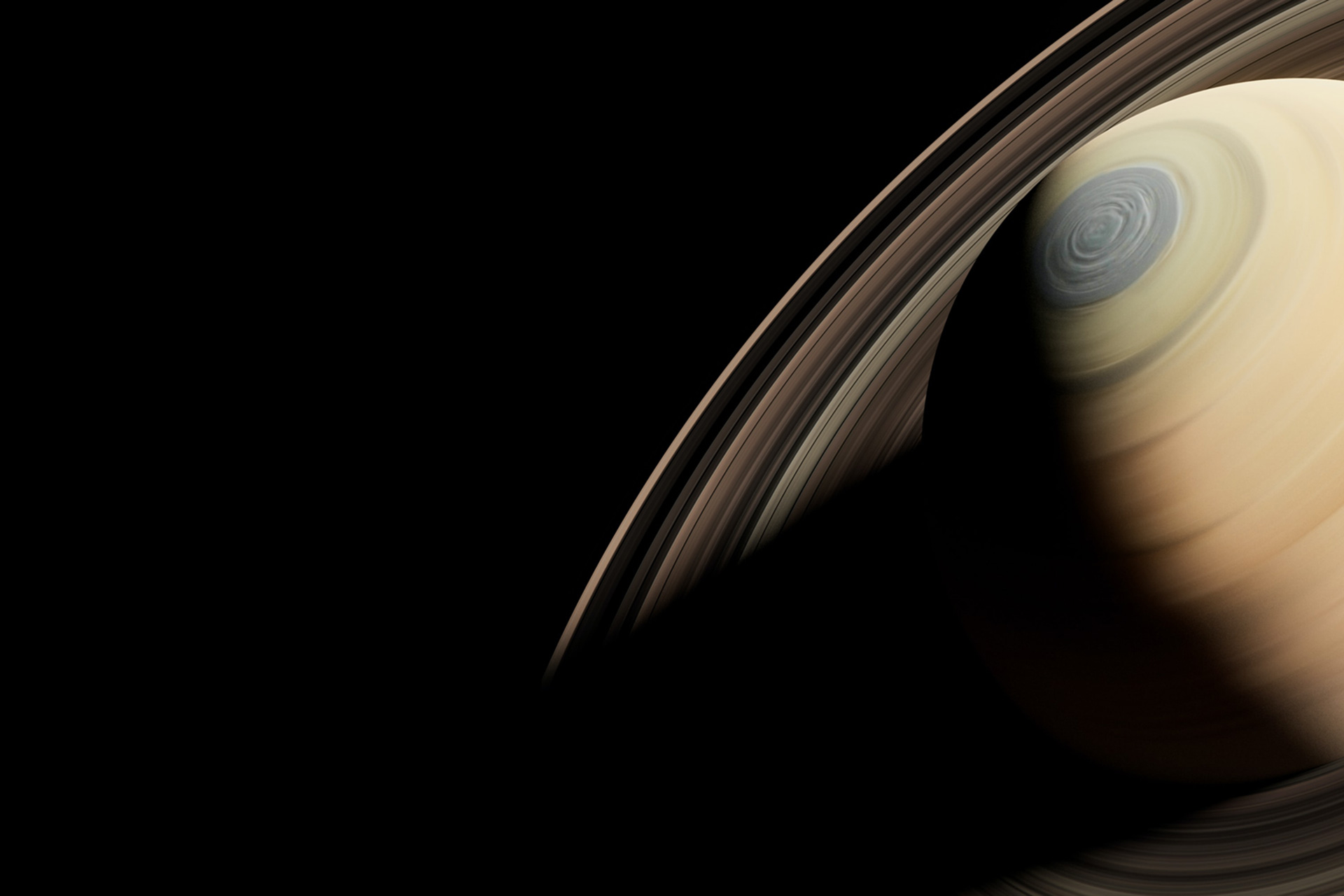
Solar System Science
Twinkle will study the surface composition of thousands of small bodies within our Solar System. This large, consistent dataset will reveal trends in the mineralogy of asteroid families and composition of comets which will shed light on the formation and evolution of our solar system, probing its primordial origins.
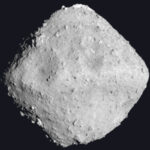
Asteroids
During Twinkle’s lifetime, thousands of bright asteroids will pass into its field of regard. Twinkle will be able to acquire high SNR spectra for a wide variety of asteroid types. Being above the Earth’s atmosphere enables full wavelength coverage between 0.5 and 4.5 microns, bringing opportunities for unprecedented observations of key spectral features that are not typically observable from the ground.
Twinkle will investigate the composition of a broad range of asteroid spectral classes from different families, including primitive and stony asteroids. Its position above the atmosphere provides a unique capability to study infrared spectral features associated with hydration and complex organic molecules, which will shed new light on the distribution of water and the building blocks of life in our solar system.
99942 Apophis
An in-depth analysis has been conducted for the major asteroid families and for several targets of interest. One of these case studies assessed Twinkle’s ability to observe 99942 Apophis, a near-Earth, potentially hazardous asteroid.
Two main factors were considered: 1) the times at which the asteroid can be observed by the spacecraft and 2) the data quality that can be obtained during these observation periods. The outcome of this study shows that Apophis will have long periods where it can be tracked by Twinkle and is bright enough to recover high-quality spectra.
Similar analyses will be conducted for other targets of interest, including short-notice targets of opportunity, to confirm their suitability for tracking and observation by Twinkle.
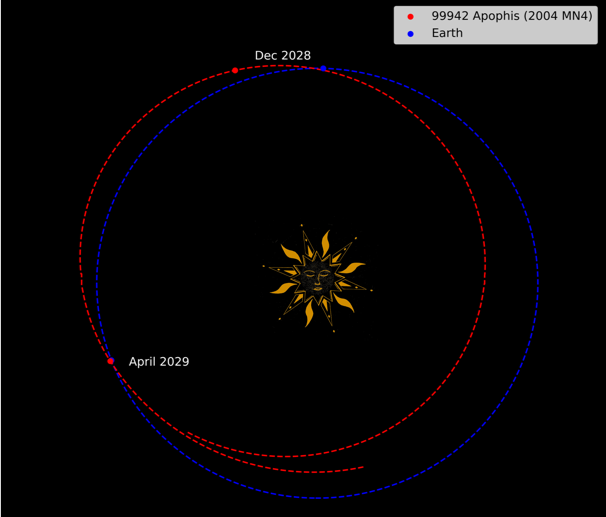
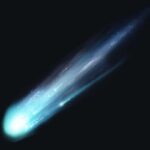
Comets
Twinkle will be able to observe the nuclei and comae of many comets to search for water-ice, water-vapour, CO2, and organics. By monitoring these objects as they begin to sublimate throughout their journey across the solar system, Twinkle will provide new insights into the composition, evolution and activity of these pristine remnants of the early solar system.
Observations across the visible and near-infrared spectrum will enable characterisation of their ice grains. These new data will boost our understanding of these unique time capsules, which act as a probe of the early solar system.
